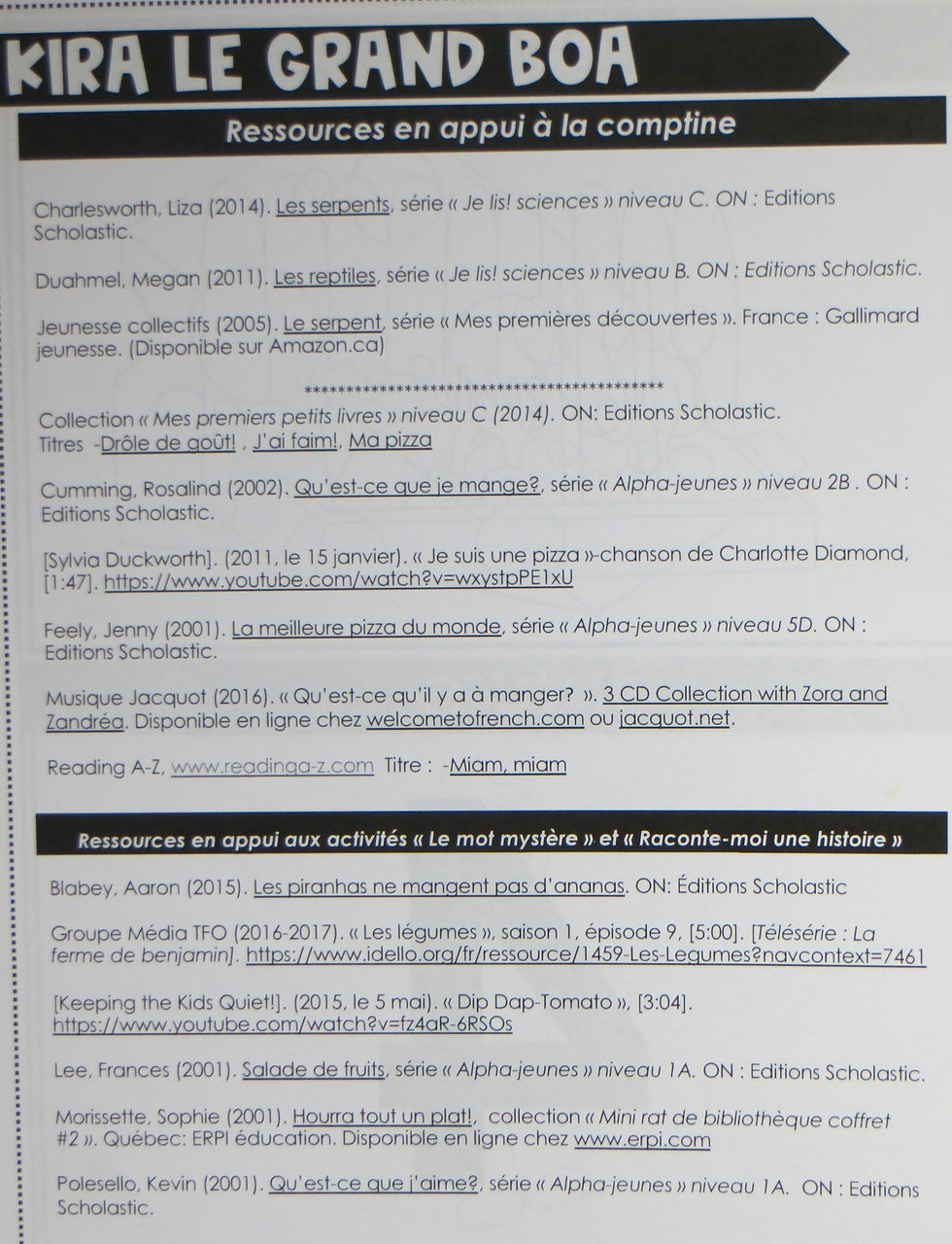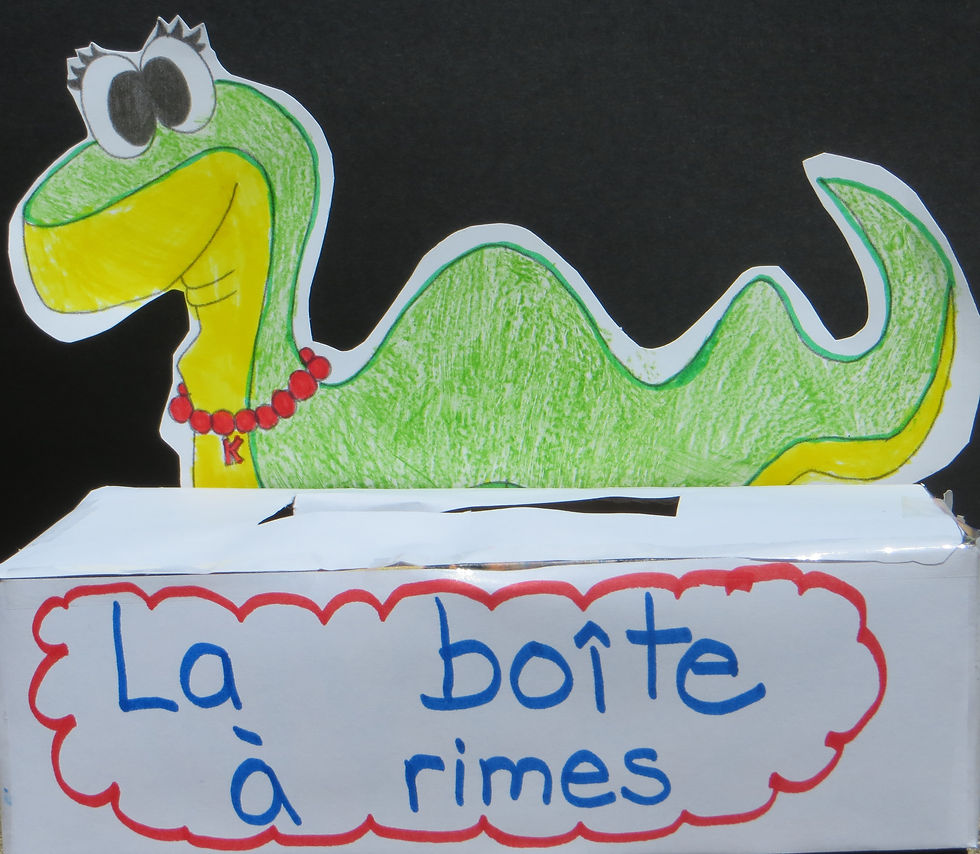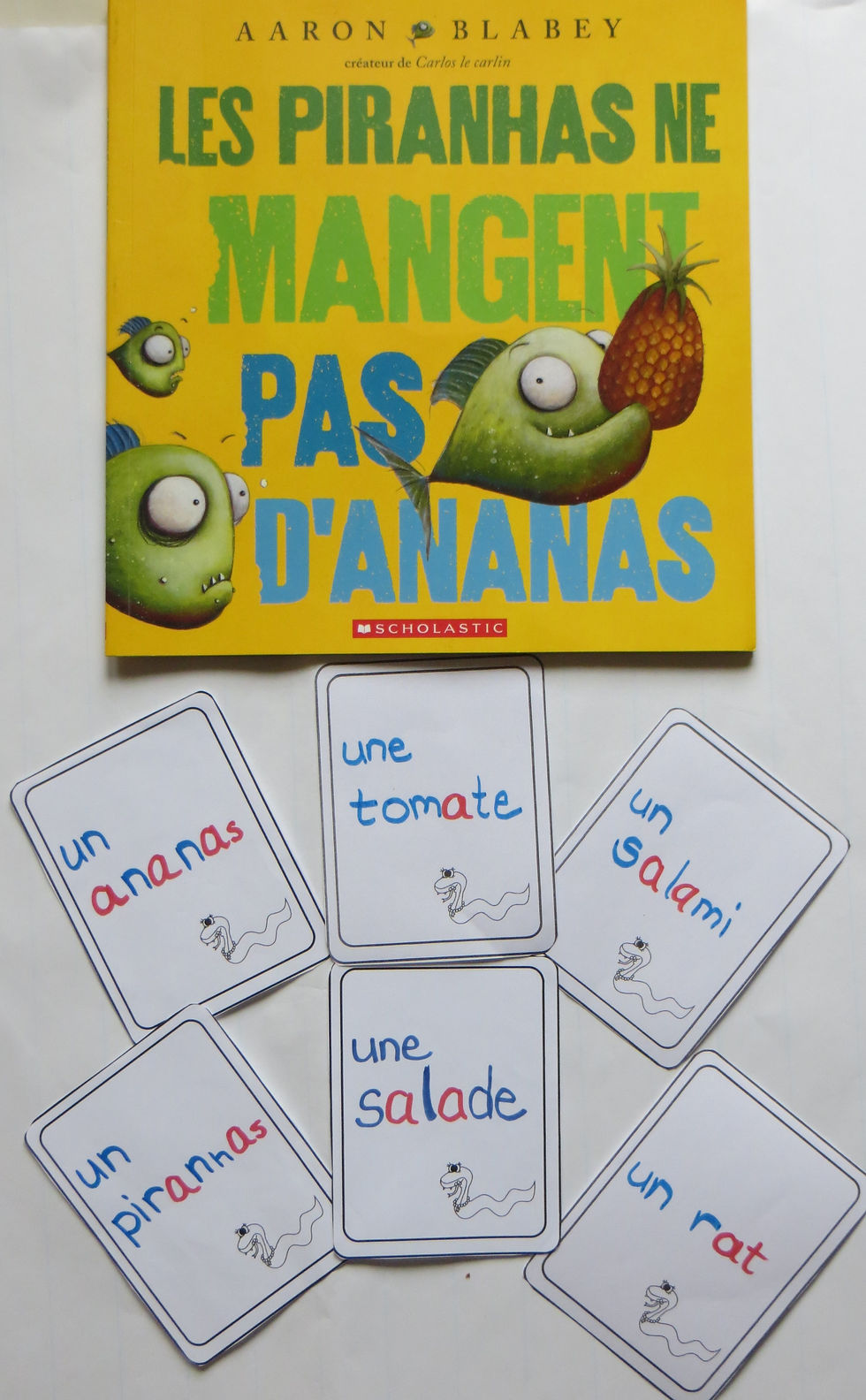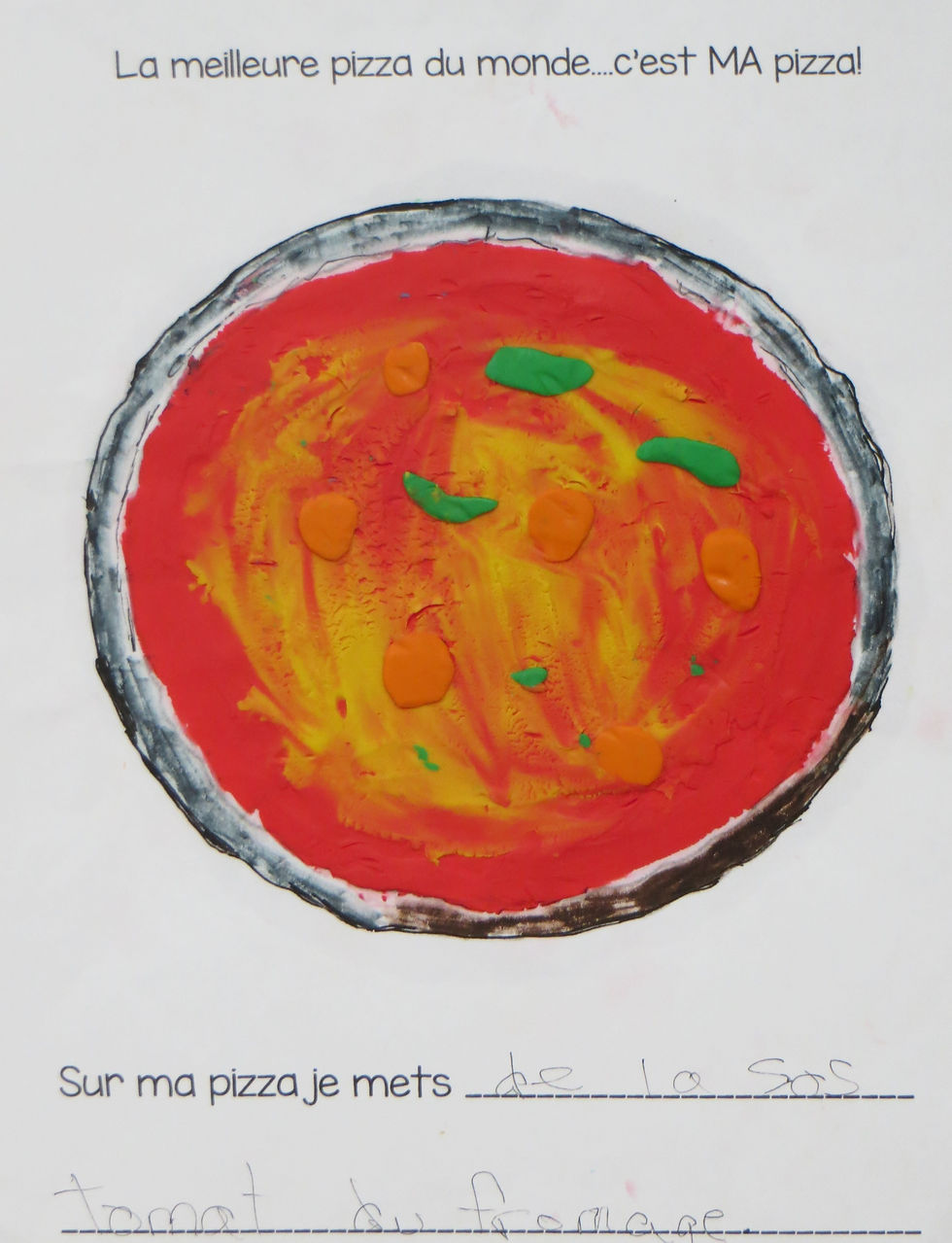Enriching ELR Activities with Supplemental Literacy Resources
- FrenchTwistsFSL

- Jan 7, 2021
- 3 min read
Ecoutons, lisons, rions resource activities (ELR activities for short) are designed to help primary FI students build both language comprehension and word awareness skills using texts as a starting point. Illustrated below are the three texts from the Kira le grand boa sound unit along with the corresponding literacy skills to be developed:

To date, our blogs have showcased activities in connection with the Kira le grand boa comptine. The comptines in each of the 5 sound units are designed to:
1. Explicitly teach language comprehension skills in order to help primary FI students make reasonable inferences while listening to French texts (N.B.: all three unit texts address language comprehension skills.);
2. Explicitly identify key French vowel sounds;

3. Practise word identification according to initial and final letter sounds in addition to sentence awareness;
4. Practise syllable segmentation and blending.

The Importance of Supplemental Resources
In the second language classroom, structured literacy must be coupled with the development of a student's background knowledge and vocabulary base. Background knowledge is essential to reading. A primary FI student's ability to bring to bear known facts about a topic helps the child with content comprehension. In addition to facilitating reading comprehension, a strong vocabulary base helps students become functionally fluent in French. Research supports the idea that the explicit teaching of vocabulary positively impacts a child's phonemic awareness skills. Accordingly, the use of supplemental material complements a structured literacy approach when used to enhance background knowledge and vocabulary development.

At the end of each ELR sound unit, references to supplemental material such as pattern books, thematic books as well as on-line resources that complement the themes presented in the unit texts are provided. The ELR teacher guide also provides references to decodable books to support reading practice. The teacher is encouraged to share a variety of resources with their students in order to:
-build background knowledge;
-explore new words that contain the letter sounds
reflected in the sound unit;
-incorporate these new words into ELR phonemic awareness activities;
-build both receptive/expressive French vocabulary over time;
-use readings as a prompt for writing;
-read in French for pleasure.
Building Background Knowledge

The ELR resource lists include non-fiction resources to build content knowledge and vocabulary around animal life. Since all of the characters in our unit texts are animals, series such as Scholastic's "Je lis! Sciences" provide primary students with simple texts, colorful images and lots of animal related French vocabulary.
Incorporating New Words into ELR Phonemic Awareness Activities
The sharing of fiction books with primary FI students is a wonderful way to promote both pleasure reading and the exploration of new words containing the letter sounds being taught. Such words can also be integrated into many of the ELR phonemic awareness activities. Here is an example.
Following the presentation of the second text from the Kira le grand boa unit entitled, La salade, the vocabulary from the text is then used to teach rhyme. To do so, I use the ELR activity entitled "La boîte à rimes" illustrated below.

The objective is to present pairs of words to students in order to identify those word pairs that rhyme. If the words rhyme, they are placed in the boîte à rimes.

After sharing Aaron Blabey's book Les piranhas ne mangent pas d'ananas with my students, I included select vocabulary from Blabey's book to supplement the rhyme activity with additional word pairings. The addition of these new words to those presented in the unit text, La salade, provide students the opportunity to reinforce their learning of key letter sounds while building French vocabulary.
Using Supplemental Resources as Prompts to Writing

Some of the resources presented are ideal as a starting point for early writing. Jenny Feely's book, La meilleure pizza du monde shares the story of a mother and son who go shopping for their favorite pizza ingredients. This inspired a simple writing activity whereby students completed the sentence prompt, -Sur ma pizza je mets- with their favorite pizza ingredient.

As students referred to the brainstormed vocabulary on the ZOOM whiteboard, I encouraged students to look at initial and final sounds to help them identify select words for the sentence completion task. The sentence was then illustrated using a plasticine press technique.
No matter how you choose to use these supplemental resources, you will find that they will make an excellent complement to the texts and the activities contained in the ELR resource.
IN OUR NEXT BLOG: How are basic French consonants introduced using the ELR resource?
FOR MORE INFORMATION ON EXPLICIT VOCABULARY INSTRUCTION PLEASE REFER TO ARTICLE CITED BELOW:
Yeung, S.Ss., Ng, Ml., Qiao, S. et al. Effects of explicit L2 vocabulary instruction on developing kindergarten children’s target and general vocabulary and phonological awareness. Read Writ 33, 671–689 (2020). https://doi.org/10.1007/s11145-019-09982-3
Published18 September 2019
Issue Date March 2020













Comments